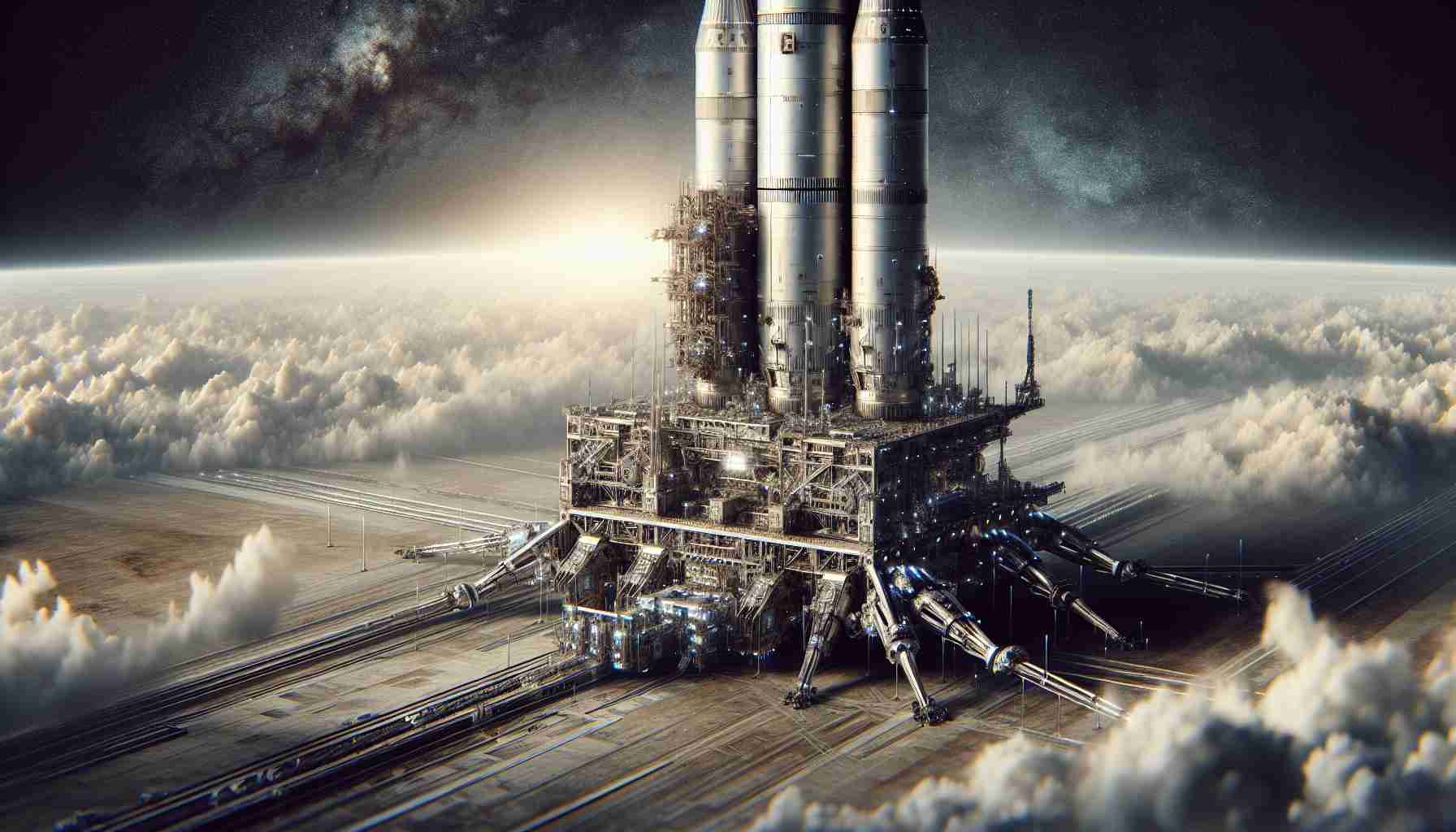In a significant shift in the aerospace industry, NASA’s Space Launch System (SLS) is encountering challenges as alternative players like SpaceX emerge.
The colossal SLS, designed to return astronauts to the lunar surface, is facing doubts about its necessity amid the rise of SpaceX’s Starship. The incoming Trump administration, with Elon Musk playing a pivotal role, may question the relevancy of the mega rocket.
While SLS has been a decade-long project, boasting impressive statistics and a crucial role in NASA’s Artemis program, skeptics argue about its cost-effectiveness compared to emerging commercial options. The success of Starship and similar large rockets has sparked debates on the need for continuing with SLS.
Despite arguments for SLS’s capability to deliver significant payloads to the moon in a single launch, the landscape is evolving. The narrative is shifting towards reevaluating the necessity of SLS amidst changing technologies and cost considerations. The future of NASA’s lunar ambitions may be reshaped by these emerging alternatives, raising questions about the fate of the iconic but potentially outdated Space Launch System.
Additional Facts:
1. Commercial Space Industry: The commercial space industry has witnessed rapid growth in recent years, with companies like SpaceX, Blue Origin, and others challenging traditional aerospace players. This shift has led to increased competition and innovation in the sector.
2. Artemis Program: NASA’s Artemis program aims to return humans to the Moon and eventually send astronauts to Mars. The program envisions collaboration with international partners and commercial entities to achieve its ambitious goals.
3. Technological Advancements: Advances in technology, such as reusability and rapid development cycles, have enabled companies like SpaceX to disrupt the space launch market. These advancements have raised questions about the efficiency and cost-effectiveness of traditional government-led programs like SLS.
Key Questions:
1. What is the role of government-led programs like SLS in the rapidly evolving commercial space industry?
2. How do emerging technologies and the success of private space companies impact the future of NASA’s space exploration initiatives?
3. What are the implications of potentially phasing out SLS for NASA’s long-term space exploration goals?
Key Challenges and Controversies:
1. Cost-Effectiveness: Critics question the cost-effectiveness of SLS compared to alternative launch vehicles, especially as commercial options become more competitive in terms of price and performance.
2. Political Considerations: Political factors, such as changing administrations and priorities, can influence the funding and support for programs like SLS, leading to uncertainty in their future.
3. Technological Advancements: The rapid pace of technological developments in the space industry poses challenges for traditional programs like SLS, which may struggle to keep up with the innovations introduced by private companies.
Advantages and Disadvantages:
Advantages of SLS:
– Capable of delivering large payloads to destinations like the Moon in a single launch.
– Established track record and experience in space exploration.
– Designed to support NASA’s long-term exploration goals, including missions to Mars.
Disadvantages of SLS:
– High development and operational costs compared to commercial alternatives.
– Potentially slower pace of innovation and adaptability to changing market dynamics.
– Faces competition from private companies offering more cost-effective and technologically advanced launch solutions.
Suggested Related Links:
– NASA Official Website



